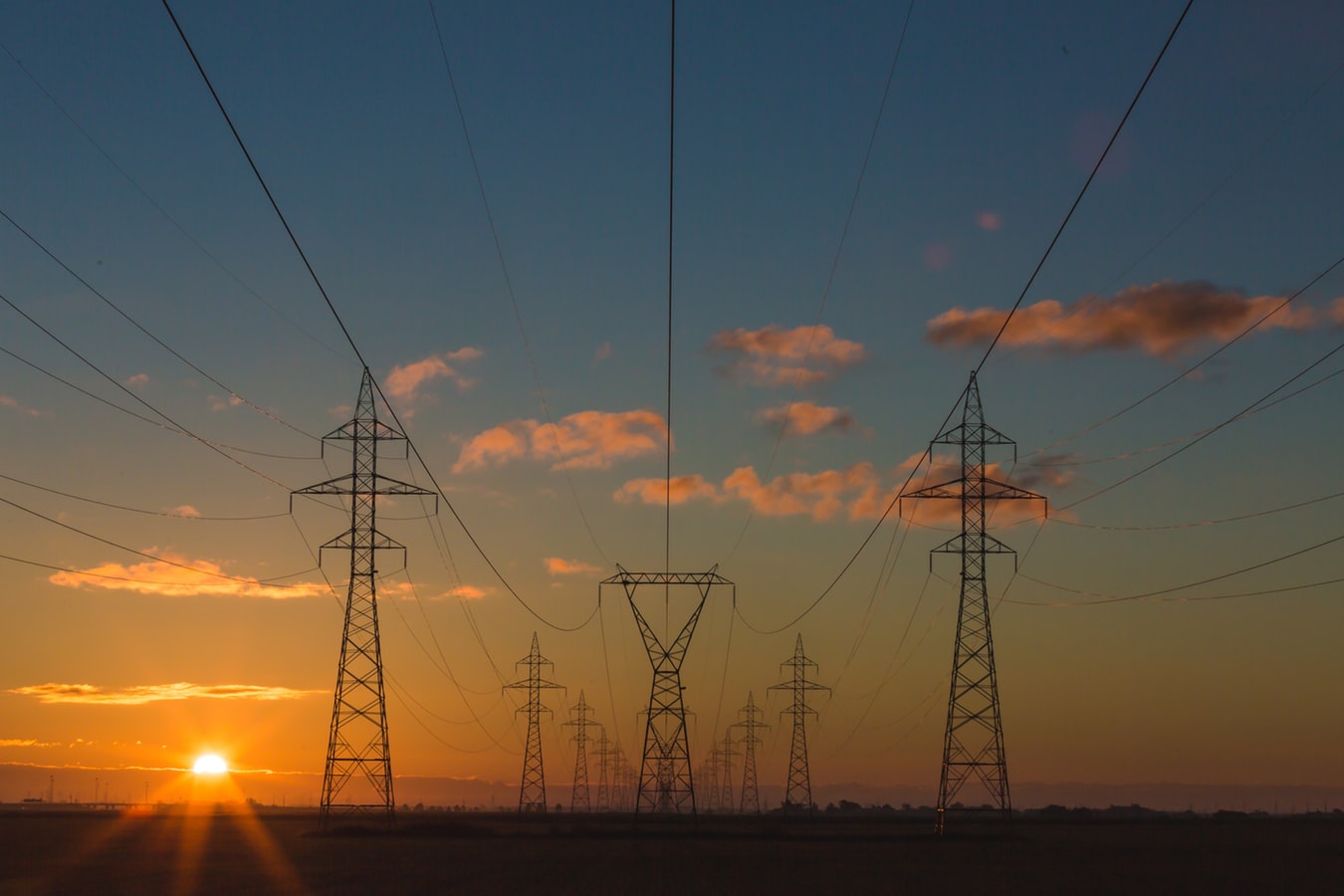깊은 지하에서는 뜨거운 물이 뚜렷한 액체 및 가스 단계에 존재하지 않는 곳에서는 뉴질랜드의 에너지 미래에 핵심적인 역할을 할 것으로 기대되는 자원이 있습니다.
GNS Sciency는 낙관적 인 소위 초임계 지열은 정부의 “야심 찬 재생 가능”에너지 목표를 달성하기위한 해결책의 일부입니다.하지만 몇 년 떨어져 있습니다.
대체 에너지 선물은 높은 희망이 오랜 시간을 소비하는 경향이 있는 곳입니다.그것은 오래된 농담과 같습니다. 핵융합은 미래의 에너지 원이며 항상 그렇게 될 것입니다.그런 다음 고체 배터리가 있습니다. 전기 자동차의 모든 문제를 해결할 수 있습니다. 아니면 우리가 천연 가스를 사용하지 않고 많은 것을 만들 수 있다면 수소는 미래의 수송 연료입니다.
이것들은 모두 아주 멋진 아이디어들이며, 에너지가 문명의 미래에 중요하다는 점을 감안할 때, 돈이 이 분야에 대한 연구에 쏟아지고 있다는 것을 알고 있습니다.
가장 화려하게 35개국이 프랑스 남부에 세계 최대의 토코막 (tokomakk) 을 건설하여 융합의 꿈을 추격하고 있습니다. 강력한 자기장을 사용하여 뜨거운 플라즈마를 제한하는 장치입니다.
이 프로젝트는 Iter 라고 불리며 공식 예산은 20 억 유로 (NZ34.3b) 이지만 일부 추정치는 더 높아집니다.
매머드 사업입니다.2007 년에 시작되었으며, 이 복합 단지는 2025 년 크리스마스 며칠 전에 “첫 번째 플라즈마”로 작업을 시작했기 때문입니다.그러나 그 후 적어도 시설을 완전히 켜려면 10 년이 걸릴 것입니다.이 계획은 ITER가 사용하는 것보다 더 많은 에너지를 생산하는 최초의 융합 실험이 될 것이지만, 그렇다고해도 실제로 전기로 생산하는 에너지를 포착하지는 않습니다.오히려 “할 수 있는 기계를 위한 길을 준비 할 것입니다.”
초임계 지열로 돌아가기.2019년 동안 뉴질랜드 정부는 5년 동안 10억 7백만 달러를 지출하여 뉴질랜드에서 자원을 찾을 수 있는 최고의 장소를 파악하고 이에 대해 자세히 알아보기로 결정했습니다.
GNS에 따르면, 기존의 지열만으로는 2035년까지 100퍼센트의 재생 가능한 전력의 정부에 뉴질랜드를 얻을 수 없고, 2050년까지 그물-제로 온실 가스 배출량을 달성할 수 없다.
“이 솔루션은 더 깊고 초임계 지열적입니다.” 라고 GNS는 자금 조달 입찰에서 말했다.

















































